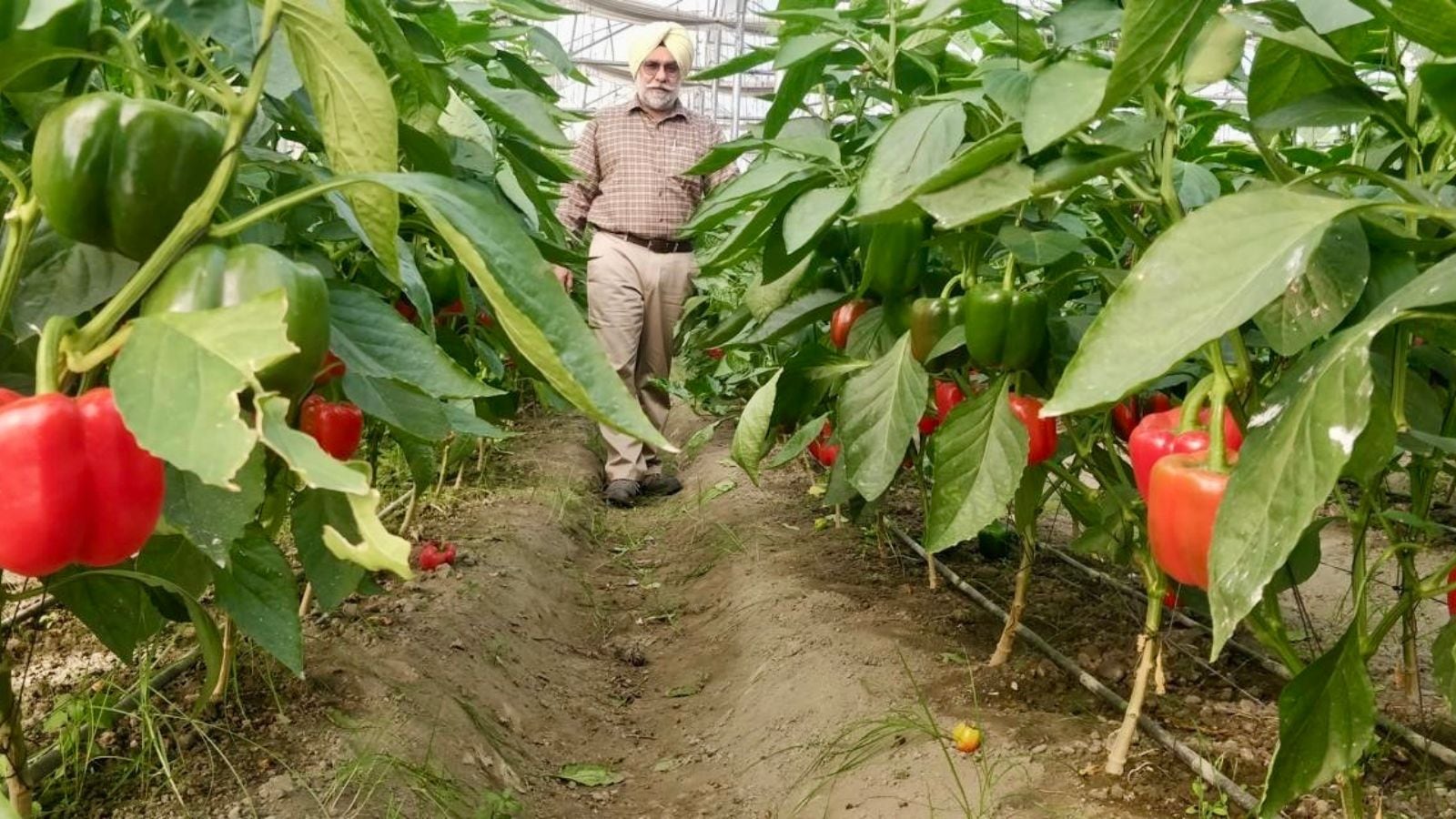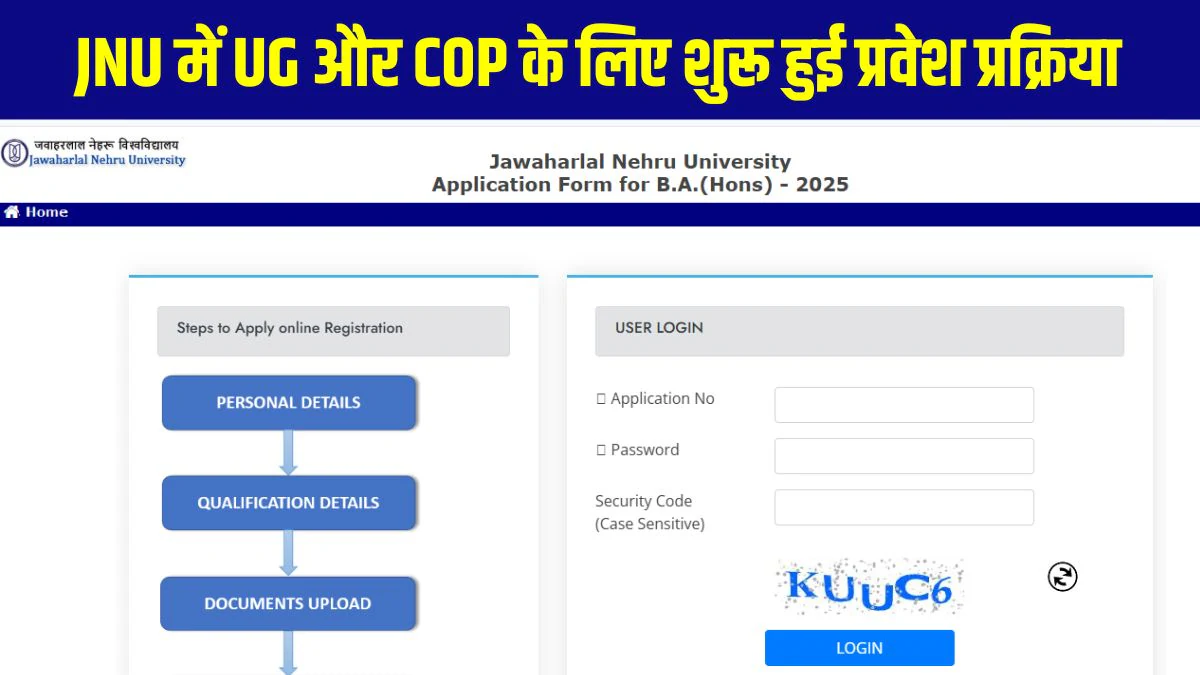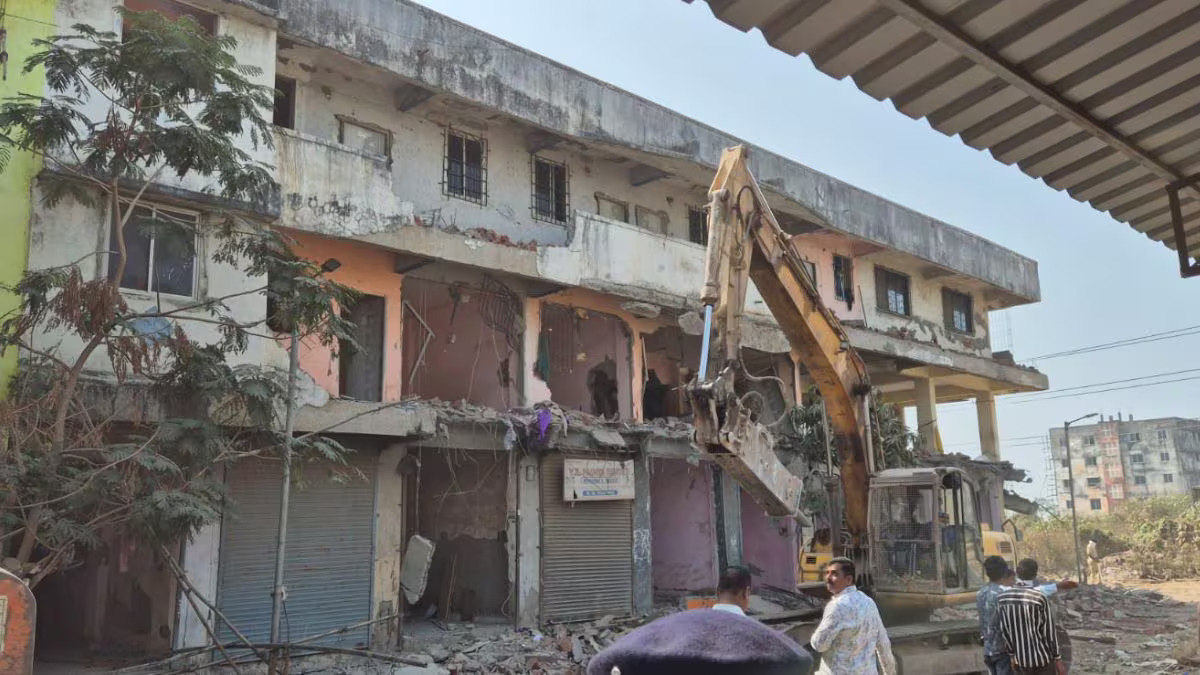Though he owns 35 acres and has taken an additional 15 acres on lease, it is just Harbinder Singh Sandhu’s six acres that have proven to be “gold”.
He has been growing Bell peppers in polyhouses, generating nearly Rs 1 crore annually from the crop and earning approximately Rs 50 lakh in profit after covering all expenses. His technical know-how, hard work, and adaptability in agriculture have been key factors in achieving this success. In contrast, while he earns a good income from the remaining 44 acres, it is less than half of what he earns from the six acres under polyhouse cultivation.
Farmer Harbinder Singh Sandhu, in his early 60s, hails from Bhikhowal village in the Hoshiarpur district. He began his journey with bell peppers in 2008. Starting with just half an acre as an experiment. Gradually, he expanded the area, and by 2015, he had six acres exclusively for the crop.
“The cost of setting up a one-acre polyhouse was Rs 40 lakh, with the government providing a 40-50% subsidy,” he shared. The structure requires periodic maintenance, with the pipes lasting indefinitely, while the sheets—although costly—need replacement every 4-5 years.
The farmer cultivates green, yellow, and red capsicums, catering to the rising demand for exotic vegetables. Using seeds imported from Holland, he starts the nursery in July and transplants the saplings in the first week of August. The first harvest is ready by November 10, and the plants continue yielding until June.
“On average, we harvest 150-200 quintals of capsicum per acre annually, or 1.5 to 2 kg per plant, which are close to 10,000 per acre” he says. With production costs ranging from Rs 6-7 lakh per acre and annual revenue of Rs 12-15 lakh per acre, he secures a 50% profit margin despite market fluctuations. “The crop price is highly volatile. For example, if I sell it at Rs 300 per kg in the morning, the price might drop to Rs 200 or Rs 100 per kg by the evening, as the rates are regulated by Bangalore, which is a hub for capsicum production. About 70% of the crop is exported from there. Sometimes, if a consignment cannot be exported due to some reasons, the surplus crop ends up in Delhi markets, which affects prices there,” he explained.
The venture provides permanent employment to 20 workers, and the produce is sold across Punjab and Jammu and Kashmir. He said the importance of proper training, attributing his success to the lessons he learned in Pune and Bangalore. “Many farmers failed in polyhouse farming because they lacked the necessary knowledge and chose unsuitable crops, leading to the closure of most polyhouses in Punjab,” he added.
While capsicum remains his primary focus, the farmer has diversified his operations. On the remaining 44 acres, he practices agroforestry, except for one acre where his son has started mushroom cultivation. He grows poplar and eucalyptus trees in cycles of 6-7 years, with each acre yielding timber worth Rs 10 lakh and a net profit of Rs 7-8 lakh after expenses. To offset initial costs, he practices intercropping with turmeric and other crops during the first three years. These intercropping crops cover the expenses of agroforestry cultivation and maintenance.
His son has taken charge of a one-acre mushroom farming venture, which includes a compost plant, further enhancing the family’s agricultural endeavors.
Farming runs deep in his family, which has been working the land since before India’s partition. Over the years, they expanded their holdings across Punjab and Uttar Pradesh. After partition, when they migrated from Pakistan, they received 18 acres of land in Khanna. However, his father moved to Uttar Pradesh and purchased 75 acres of idle land for just Rs 75, transforming it into fertile farmland through hard work. In the 1990s, the family sold their Khanna land, which had been leased out, to acquire 35 acres in Hoshiarpur, where land was cheaper. The farmer now continues this legacy.
The family operates as a joint unit, including his father’s brothers. In Uttar Pradesh, they also own another 90-acre farm where they grow mangoes and other crops.
He believes Punjab’s farmers need to break free from the wheat-and-paddy cycle, which requires minimal effort but offers limited returns. “Around 90% of farmers here remain almost idle for most of the year, as wheat and paddy cultivation does not demand constant attention, leading to a sedentary lifestyle and associated health issues,” he says.
Stay informed with access to our award-winning journalism.
Avoid misinformation with trusted, accurate reporting.
Make smarter decisions with insights that matter.




















